Overall Evaluation
Judging for the “Urban Public Space Design Competition 2017” was held on November 7 (Tue). From the 189 submissions (407 registrations), one First Place, three Second Places, and six Honorable Mentions were selected. An appraisals and awards ceremony followed on December 16 (Sat) at TRAVEL HUB MIX in Chiyoda Ward, Tokyo, at which time Chief Judge Takayuki Kishii presented award certificates and prize money. After the awards ceremony, the four top award winners gave presentations and each judge offered his views on “The Possibilities of Public Space.” This was followed by an open discussion between judges and award winners on the awarded schemes.
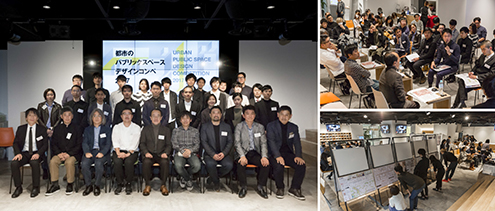
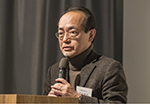 |
Takayuki KishiiThis year, we again received many highly competent schemes from throughout the world. I wish to thank everyone who took part compelled by an interest in “Urban Public Space.” |
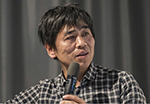 |
Ryue NishizawaOnce again, we received submissions from many nations and felt struck by their international diversity. Our subject this time made the competition difficult and the judging hard, but it was also very interesting. |
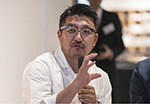 |
Seiichi SaitoA shift is underway in how we perceive “public.” No longer is it simply freely useable space or things; public is now seen as an engine for connecting people and connecting things, and activating urban space. In judging the many, varied submissions received from Japan and abroad this time, we felt strongly how the concept of public is being extended. This is being achieved not only with physical buildings but, as expected, with SNS and Web services and other communication technology. Clearly, I felt, an age has come when we need less emphasis on hardware-type architectural thinking and more on software-type programs in public architecture and spaces. I often sense this in the situations I encounter in my own work, and in the future, I think it will be increasing important for architects to make proposals not only for construction but also for effectively utilizing places and adapting to the times. Our competition, this time, revealed many such new possibilities for architects. |
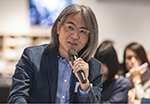 |
Junji TanigawaIn our judging, we hoped to see creative, futuristic thinking that invigorated in-between spaces by “writing between the lines” in the context of the city. We judged the submissions on their long-term “developmental potential” and their “empathetic resonance” or power to induce change in how urban living is perceived. |


